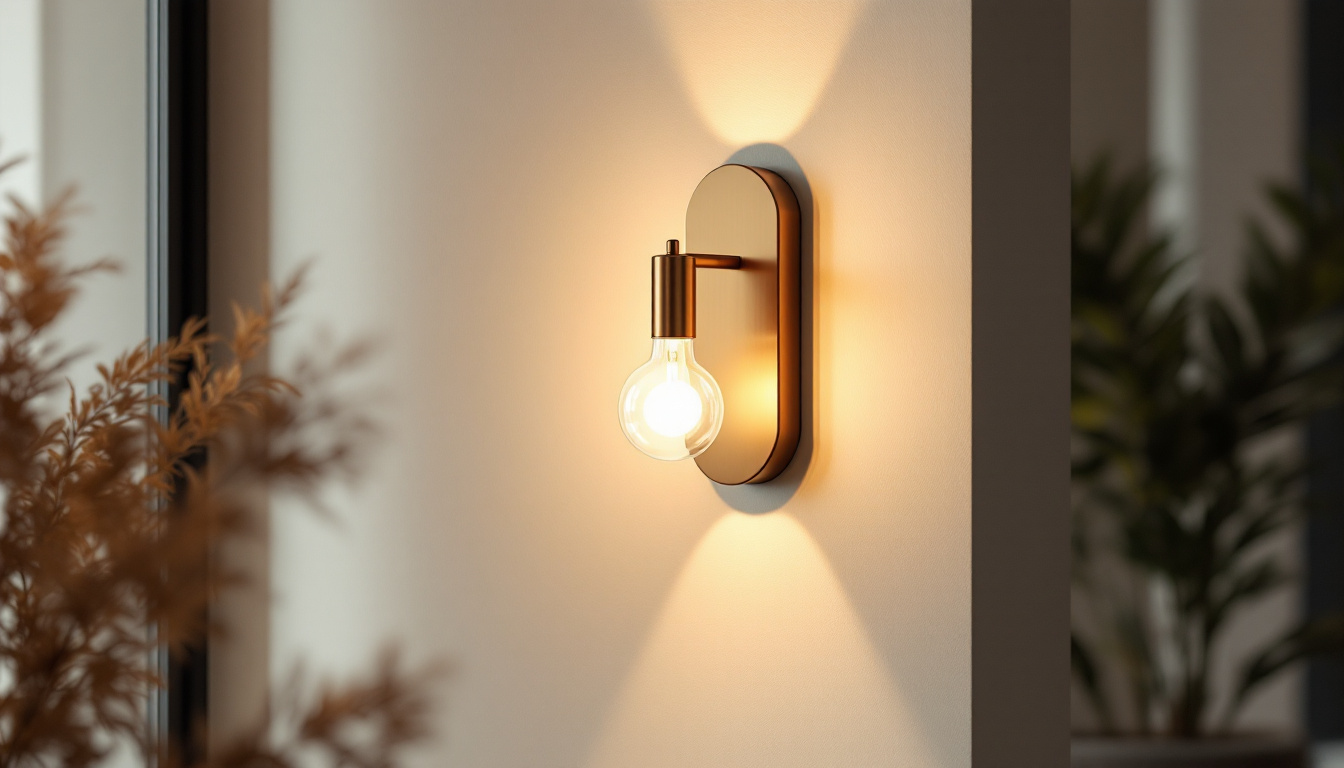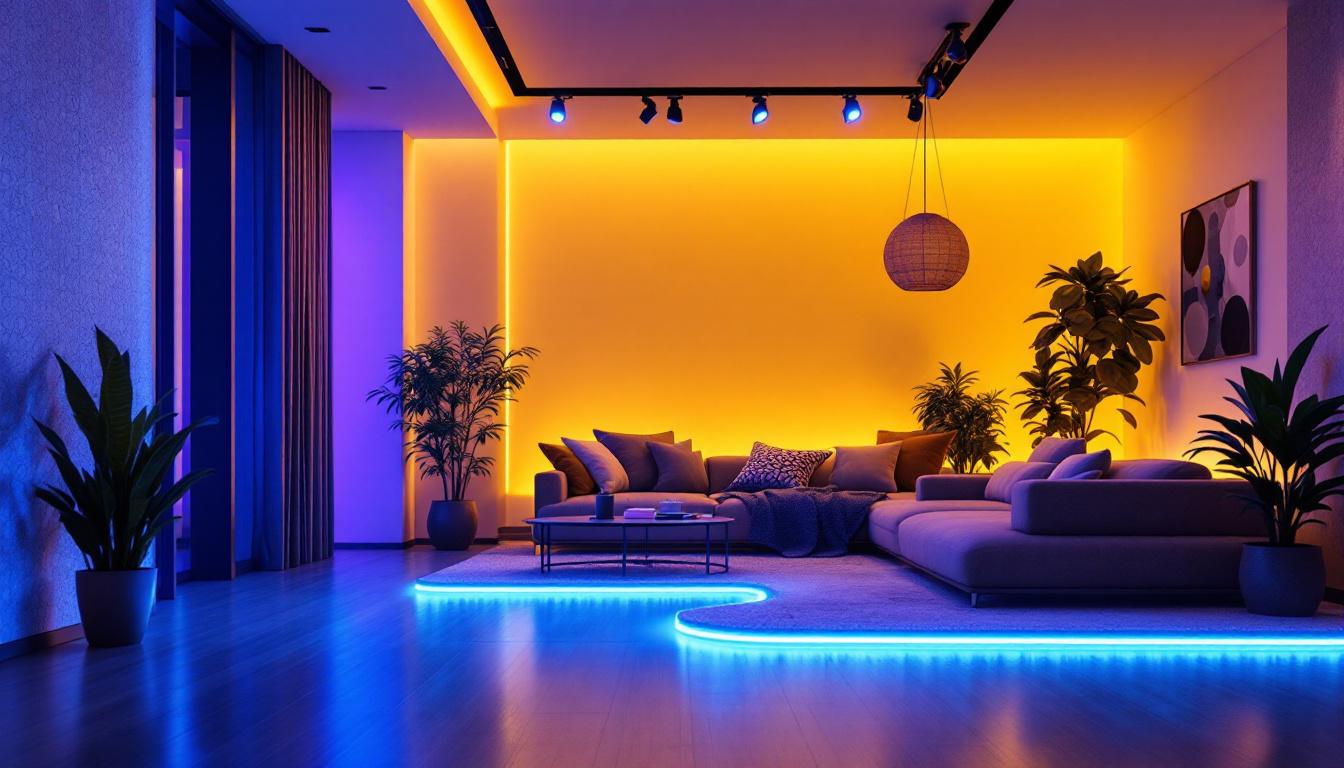
In the world of lighting, understanding the dynamics between natural light and artificial light is essential for lighting contractors. Not only does it impact the design and functionality of spaces, but it also influences energy efficiency, comfort, and overall aesthetics. This article delves into the differences between natural and artificial light, particularly in terms of heat production, and explores how this knowledge can enhance a lighting contractor’s business.
Light, whether natural or artificial, plays a crucial role in our environments. However, the way these light sources generate heat can significantly affect the spaces they illuminate. Understanding this science is vital for lighting contractors who aim to provide optimal solutions for their clients.
Natural light, primarily derived from the sun, is often considered the most energy-efficient lighting source. It has a unique ability to illuminate spaces without the need for electrical energy. However, the sun’s rays also carry heat, which can impact indoor climates.
When sunlight enters a building, it can raise the temperature of a room, especially if there are large windows or skylights. This heat can be beneficial during colder months, reducing the need for heating systems. However, in warmer seasons, excessive natural light can lead to overheating, necessitating the use of air conditioning. To mitigate these effects, architects and designers often incorporate shading devices, such as awnings or blinds, which can help control the amount of sunlight entering a space while still allowing for the benefits of natural illumination.
Moreover, the angle of sunlight changes throughout the year, which can influence how much light and heat a room receives. During the summer months, the sun is higher in the sky, leading to more direct sunlight and potential heat gain. Conversely, in winter, the lower angle of the sun can provide valuable warmth and light. Understanding these seasonal variations can help homeowners and designers optimize their use of natural light, creating spaces that are not only visually appealing but also thermally comfortable.
Artificial lighting, on the other hand, encompasses a variety of light sources, including incandescent, fluorescent, and LED lights. Each type produces varying amounts of heat. For instance, incandescent bulbs are notorious for generating significant heat, while LEDs are more efficient, producing less heat for the same amount of light.
Understanding the heat output of different artificial lighting options is crucial for contractors. By selecting the right type of lighting, contractors can help clients maintain comfortable indoor temperatures while achieving their desired lighting effects. Additionally, the placement of artificial lights can also influence heat distribution in a room. For example, strategically positioning lights away from heat-sensitive areas can help prevent discomfort and improve energy efficiency.
Furthermore, advancements in smart lighting technology have introduced systems that can adjust both brightness and color temperature based on the time of day or occupancy. These systems not only enhance the aesthetic appeal of a space but also contribute to energy savings and comfort. By integrating smart technology, contractors can offer clients solutions that adapt to their lifestyles, ensuring that both light and heat are managed effectively throughout the day.
The comparison between natural and artificial light in terms of heat production is essential for contractors aiming to provide energy-efficient solutions. This section explores how each type of light impacts heat levels in various environments.
Natural light can significantly increase indoor temperatures, especially in spaces with large windows or minimal shading. The greenhouse effect, where sunlight enters a space but cannot escape, can lead to uncomfortable heat levels. This phenomenon is particularly noticeable in urban environments where glass buildings dominate the skyline.
To mitigate excessive heat from natural light, contractors can recommend solutions such as window films, shades, or strategically placed trees outside the building. These measures can help control heat gain while still allowing natural light to enhance the ambiance of the space. Additionally, the orientation of the building plays a crucial role; south-facing windows may capture more sunlight, while north-facing ones can help maintain cooler temperatures. Incorporating overhangs or awnings can also provide shade during peak sun hours, further reducing the heat buildup inside.
Artificial light sources vary in their heat output. For example, traditional incandescent bulbs convert a significant portion of energy into heat rather than light, making them less efficient. In contrast, LED lights convert most of their energy into light, resulting in minimal heat production.
When designing lighting solutions, contractors should consider the heat output of the chosen light sources. By opting for energy-efficient lighting, they can help clients reduce cooling costs and create a more comfortable environment. Moreover, the placement of artificial lights can also influence heat distribution within a space. For instance, concentrated lighting in small areas can lead to localized heat buildup, which may necessitate additional cooling measures. Utilizing smart lighting systems that adjust based on occupancy and natural light levels can further optimize energy use and minimize heat generation, thereby enhancing overall energy efficiency in the building.
Energy efficiency is a critical concern for both contractors and clients. Understanding the heat production of different light sources can lead to more sustainable practices and significant cost savings.
Utilizing natural light effectively can significantly reduce energy consumption. By maximizing daylighting, contractors can help clients decrease their reliance on artificial lighting during the day. This not only lowers electricity bills but also reduces the overall carbon footprint of a building.
Incorporating design elements such as light wells, skylights, and reflective surfaces can enhance the benefits of natural light. Contractors who promote these solutions can position themselves as environmentally conscious professionals, appealing to a growing market of eco-aware clients.
When it comes to artificial lighting, the choice of technology plays a vital role in energy efficiency. LED lighting has emerged as the most efficient option, consuming significantly less energy than traditional incandescent or fluorescent lights.
Contractors should educate clients on the long-term benefits of investing in LED technology, including reduced energy costs and lower maintenance needs. By emphasizing these advantages, contractors can enhance their value proposition and attract more clients.
Comfort is a key factor in any indoor environment. The interplay between light and heat directly affects how comfortable a space feels. Lighting contractors must consider this relationship when designing lighting solutions.
Natural light has been shown to improve mood and productivity, making it a desirable feature in residential and commercial spaces. However, too much natural light can lead to glare and discomfort. Contractors should aim to balance natural light with shading solutions to create a comfortable atmosphere.
Incorporating adjustable window treatments, such as blinds or shades, can help clients control the amount of natural light entering a space. This can enhance comfort while still allowing for the benefits of daylighting.
Artificial lighting should also be designed with comfort in mind. Harsh, overly bright lights can lead to eye strain and discomfort. Contractors should consider the color temperature and brightness of artificial lights to create a welcoming environment.
Warm white LED lights can mimic the soft glow of natural light, creating a cozy atmosphere. By tailoring lighting solutions to the specific needs of a space, contractors can significantly enhance the comfort level for occupants.
Understanding the nuances between natural and artificial light not only benefits clients but also provides lighting contractors with a unique selling proposition. By positioning themselves as experts in energy efficiency and comfort, contractors can attract a wider clientele.
One of the most effective ways to market expertise is through education. By providing clients with information about the benefits and drawbacks of different lighting options, contractors can establish trust and credibility.
Workshops, webinars, and informative blog posts can serve as valuable tools for educating clients. By sharing knowledge about heat production, energy efficiency, and comfort, contractors can empower clients to make informed decisions about their lighting needs.
Another effective marketing strategy is showcasing successful projects that highlight the contractor’s expertise in managing light and heat. Case studies can demonstrate how specific lighting solutions improved energy efficiency and comfort in various settings.
Visual content, such as before-and-after photos or videos, can be particularly persuasive. By illustrating the impact of their work, contractors can attract potential clients and differentiate themselves from competitors.
In conclusion, the understanding of how natural and artificial light produce heat is crucial for lighting contractors. This knowledge not only informs design choices but also enhances energy efficiency and occupant comfort. By leveraging this expertise, contractors can position themselves as leaders in the industry, attracting clients who value sustainability and comfort.
As the demand for energy-efficient solutions continues to grow, lighting contractors have a unique opportunity to expand their businesses. By focusing on education, showcasing successful projects, and promoting the benefits of natural and artificial light, contractors can create a lasting impact in the industry.
Ultimately, the interplay between light and heat is an essential consideration for any lighting project. By mastering this dynamic, contractors can ensure that their clients receive the best possible lighting solutions, enhancing both the functionality and aesthetics of their spaces.
Ready to elevate your lighting projects with the highest quality at the best value? Look no further than LumenWholesale. Our spec-grade lighting products are designed to meet the demands of any space, ensuring energy efficiency and occupant comfort. With unbeatable wholesale prices and free shipping on bulk orders, you can access superior lighting solutions that align with your expertise in managing light and heat. Don’t let middleman markups dim your project’s potential. Choose LumenWholesale for a seamless blend of quality, affordability, and convenience. Discover our wholesale lighting selection now and brighten your business today.

Discover the latest trends in sconce light fixtures that every lighting contractor needs to know.

Discover how LED tape suppliers are revolutionizing modern lighting solutions with versatile, energy-efficient options.

Explore the benefits and drawbacks of solar outdoor porch lights in this insightful article tailored for lighting contractors.

Discover innovative cost-saving strategies for lighting contractors with weatherproof connectors.